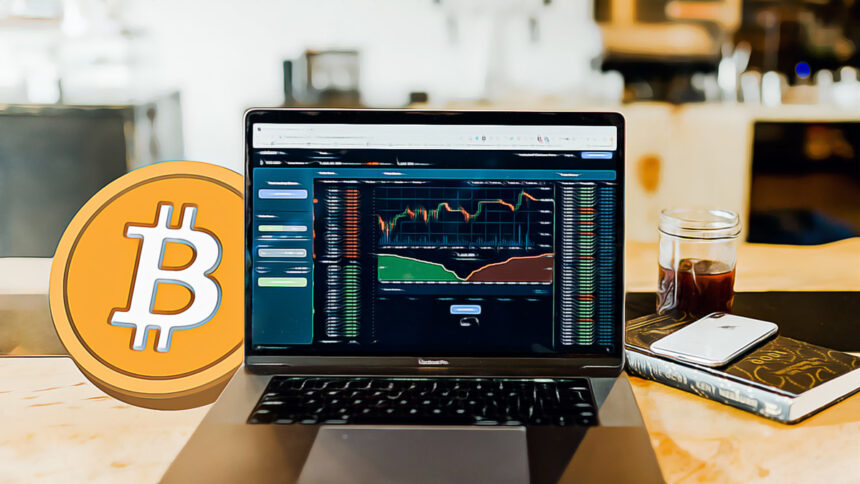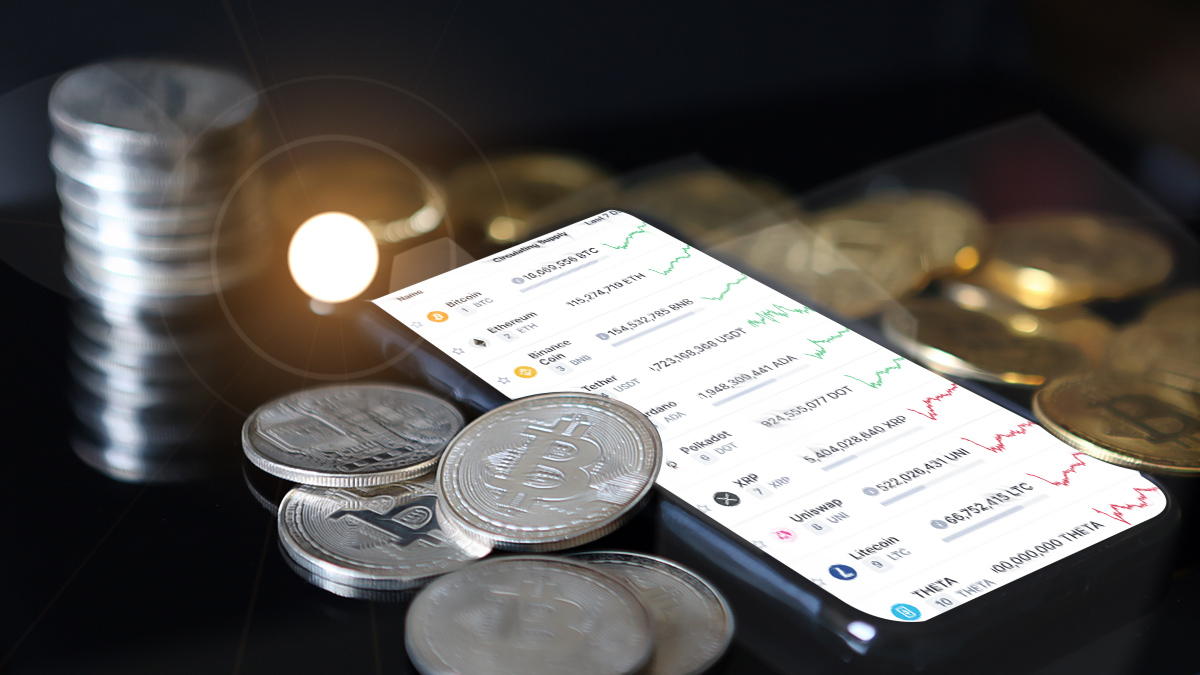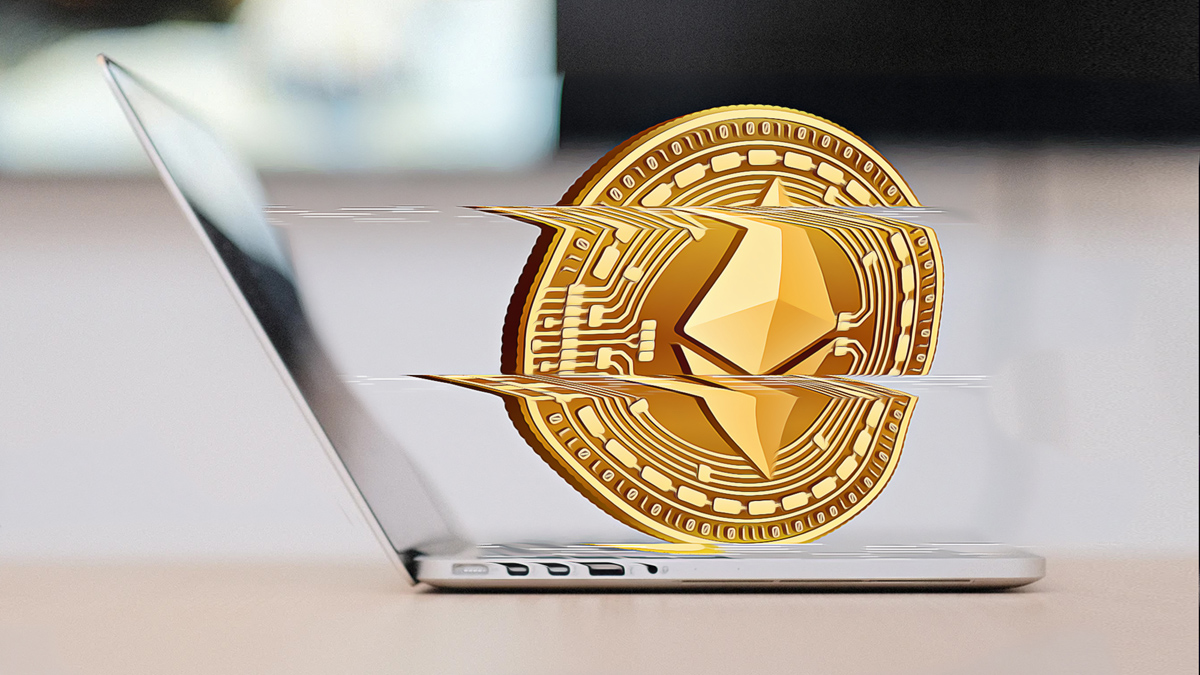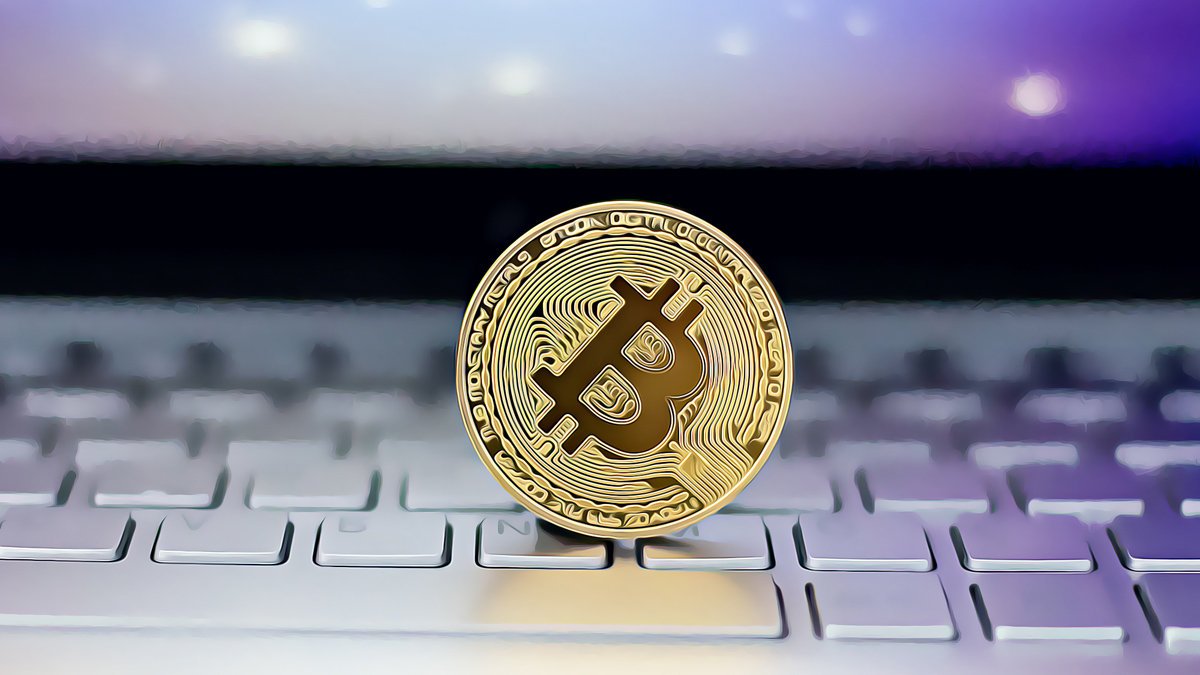As of November 2024, MicroStrategy has increased its Bitcoin  $83,985 investments, reaching a total portfolio of 386,700 BTC. The company purchased an additional 55,500 Bitcoin for $5.4 billion, financing this substantial acquisition through convertible bonds and stock issuance.
$83,985 investments, reaching a total portfolio of 386,700 BTC. The company purchased an additional 55,500 Bitcoin for $5.4 billion, financing this substantial acquisition through convertible bonds and stock issuance.
Investment Strategy Continues
According to regulatory documents, MicroStrategy is unrelenting in its Bitcoin investment strategy. The acquisition of 55,500 BTC in November is seen as a part of the company’s long-term strategy in the cryptocurrency space. This move is among the largest expansions of the Bitcoin accumulation plan that started in 2020.
Just the previous week, MicroStrategy drew market attention by acquiring Bitcoin worth approximately $4.6 billion. The company’s Bitcoin portfolio has become one of the largest publicly traded corporate BTC reserves in the world. CEO Michael Saylor has repeatedly emphasized that Bitcoin serves as a superior store of value compared to traditional assets.
Stock Volatility and Bitcoin Approaches $100,000
MicroStrategy’s stock performance has raised concerns among investors. The MSTR stock, which has gained over 500% since the start of the year, experienced a sharp decline of up to 18% this week. Some investors speculate that the stock may be overvalued.
Citron Research announced that it has taken short positions on MicroStrategy shares during this period. The research firm pointed out the high valuation of the stock while maintaining confidence in the Bitcoin investments. Meanwhile, Bitcoin prices continue to fluctuate in the market, temporarily approaching $100,000 before retreating to the $94,000 level.
These fluctuations in cryptocurrency prices are influenced by market dynamics and global political developments. The rise of Bitcoin-friendly policies has increased investors’ interest in cryptocurrencies. However, volatility remains high, keeping risk perception elevated.
MicroStrategy’s aggressive strategy towards Bitcoin strengthens the company’s leadership position in the cryptocurrency sector. However, these moves continue to spark debates among both institutional investors and market participants.

 Türkçe
Türkçe Español
Español








